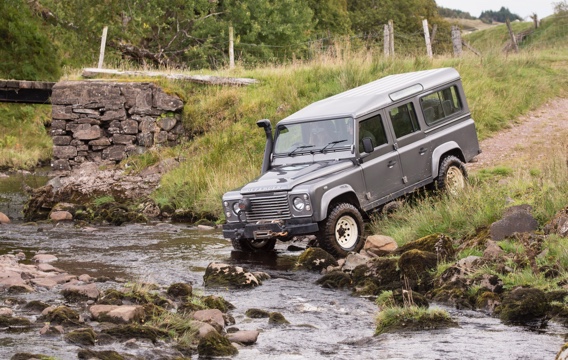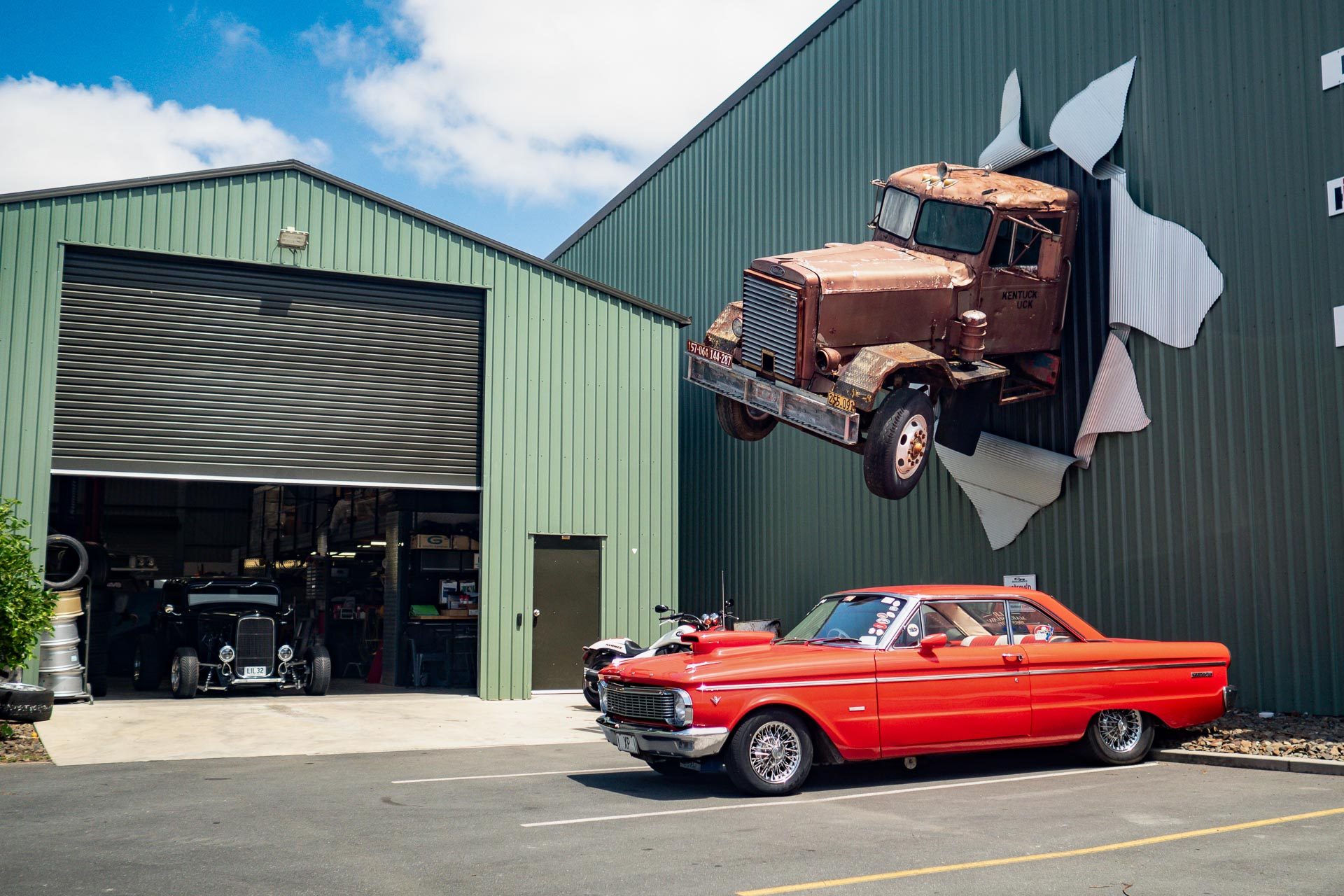off road driving experience For the adventurous spirit craving a departure from conventional road trips, nothing rivals the thrill of an off road driving experience. With rugged trails, deep mud pits, and unpredictable terrain, offroading provides an exhilarating challenge for those eager to test their driving skills in the wild. But mastering the art of navigating through mud, rocks, and dense forests isn’t just about raw power—it’s about strategy, preparation, and understanding the nuances of offroad driving.
This comprehensive guide delves into the key aspects of an off road driving experience, from choosing the right vehicle to mastering the techniques that will keep you in control when the trails get tough.

Choosing the Right Vehicle for the Adventure
The foundation of any successful off road driving experience lies in selecting the right vehicle. While many modern SUVs and trucks boast offroad capabilities, not all are built to handle the most challenging terrains. For those serious about tackling trails with confidence, vehicles designed specifically for offroading offer the best performance.
Look for features such as:
- High Ground Clearance: A taller stance allows the vehicle to pass over obstacles like rocks, logs, and uneven surfaces without getting stuck or damaged.
- Four-Wheel Drive (4WD): Essential for maintaining traction on slippery surfaces, steep inclines, and uneven terrain.
- Locking Differentials: These help distribute power evenly to all wheels, crucial when one or more wheels lose grip.
- All-Terrain Tires: Designed with aggressive tread patterns to grip loose dirt, mud, and rocks, these tires provide superior traction where standard road tires would fail.
Some of the most popular choices for an off road driving experience include the Jeep Wrangler, Toyota Land Cruiser, Ford Bronco, and Land Rover Defender—vehicles known for their durability, capability, and offroad heritage.
Preparing Your Vehicle: Essential Upgrades and Gear
Before hitting the trails, it’s vital to prepare your vehicle to withstand the rigors of offroad off road driving experience. Even the most capable stock vehicles can benefit from aftermarket upgrades tailored for harsh conditions. Here’s what you need to consider:
1. Suspension Upgrades
Offroad trails are filled with unpredictable obstacles. Upgrading your suspension allows for better articulation and smoother handling over uneven terrain. Lift kits, for instance, raise the vehicle’s height, providing additional ground clearance, which is crucial for navigating deep ruts and large rocks.
2. Skid Plates and Underbody Protection
Rocks, tree roots, and other debris can wreak havoc on a vehicle’s undercarriage. Skid plates made from heavy-duty steel or aluminum protect critical components like the engine, transmission, and fuel tank from damage.
3. Winch Systems
Getting stuck is almost inevitable in challenging terrains. A robust winch system is a must-have, allowing you to recover your vehicle from mud pits, sand traps, and other sticky situations.
4. Lighting Enhancements
Visibility can be a challenge, especially when off road driving experience at night or through dense forests. High-powered LED light bars and spotlights are essential upgrades, providing the illumination needed to navigate through dark and dim conditions safely.
5. Recovery Gear
In addition to a winch, having essential recovery gear such as tow straps, traction boards, and a sturdy shovel can make all the difference when you find yourself in a difficult spot. These tools can help extract your vehicle from deep mud or sand, ensuring your adventure continues without major delays.
Understanding Different Types of Off Road Terrain
An off road driving experience isn’t a one-size-fits-all adventure. Depending on where you venture, you could encounter a wide variety of terrains, each with its own set of challenges. Knowing what to expect and how to adapt your driving style is key to conquering the trail.
1. Mud
Perhaps the most iconic terrain in offroading, mud pits can be both thrilling and treacherous. The key to navigating mud is momentum—too much, and you risk losing control; too little, and you’ll get bogged down. Engage your 4WD system and maintain a steady speed to keep traction. Be mindful of tire spin—slow, consistent movement is more effective than aggressive acceleration.
2. Rock Crawling
Rock crawling requires precision and patience. Unlike mud, where speed is your ally, rock crawling is all about finesse. Engage low-range gears to give you maximum control as you carefully maneuver over large boulders and rocky terrain. Use spotters if available to guide you through tricky sections where visibility is limited.
3. Sand Dunes
off road driving experience in sand is all about maintaining momentum while staying light on the throttle. Reducing tire pressure increases the contact patch, providing better flotation over loose sand. Avoid sharp turns and sudden stops, as these can cause your vehicle to sink.
4. Forest Trails
Dense forests present a mix of obstacles—mud, roots, tight turns, and uneven paths. Maintaining control is critical, as losing traction or speed could mean getting stuck in a tricky spot. Keep your eyes on the trail ahead, and be ready to react to unexpected obstacles like fallen trees or wildlife crossings.
5. Snow and Ice
Winter offroading can be particularly challenging due to the unpredictable nature of snow and ice. Use low gears and engage 4WD early. Avoid sudden braking or acceleration, and steer gently to prevent sliding. Investing in snow-specific tires and chains can greatly enhance your vehicle’s performance in these conditions.
Mastering Off Road Driving Techniques
An exhilarating off road driving experience isn’t just about having the right vehicle and gear—it’s about mastering techniques that allow you to stay in control, even when the going gets tough. Here are some essential driving strategies:
1. Throttle Control
Smooth throttle control is essential for maintaining traction. Jerky movements or aggressive acceleration can cause your tires to lose grip, especially on loose surfaces like sand and mud. Gradual inputs help the tires maintain consistent contact with the ground, providing better control.
2. Braking Techniques
When descending steep slopes or navigating obstacles, resist the urge to slam on the brakes. Instead, engage low-range gears and use engine braking to slow down. Feathering the brake pedal lightly while keeping the wheels turning helps maintain traction.
3. Reading the Terrain
Anticipating changes in the terrain allows you to adjust your speed, steering, and gear selection ahead of time. Look for tire tracks left by other vehicles, which can indicate the best path through challenging sections. Be wary of puddles or deep ruts, as these can conceal obstacles that may be difficult to navigate.
4. Using Low Range and Locking Differentials
When tackling steep inclines or crawling over rocks, switch to low range for greater torque and control. Locking differentials are also crucial in preventing wheels from spinning freely, which can leave you stuck. Engage them when navigating through tough spots where traction is uneven.
5. Line Selection
Choosing the best line through obstacles like rocks or tree roots can mean the difference between making it through unscathed and getting stuck. Opt for the path that offers the least resistance, even if it requires a few extra maneuvers. A slow, deliberate approach is often more effective than charging ahead recklessly.
Staying Safe While Offroading
Safety should always be a priority during any off road driving experience. The thrill of conquering trails can sometimes overshadow the importance of preparation and caution, but keeping a few key principles in mind will ensure your adventure remains enjoyable and incident-free.
1. Always Drive with a Buddy
Offroading is best enjoyed with others. Traveling in a group not only makes the off road driving experience more fun but also ensures that help is available if someone gets stuck or encounters mechanical issues.
2. Carry a Fully Stocked Emergency Kit
A well-prepared offroader carries more than just recovery gear. Make sure your vehicle is equipped with a first-aid kit, extra food and water, spare parts like belts and fuses, and communication devices like a satellite phone in case you’re out of cell range.
3. Respect the Environment
Offroading is about exploring nature’s beauty—ensure you leave it as you found it. Stick to designated trails, avoid damaging vegetation, and pack out all your waste. Responsible offroading preserves the trails for future adventurers and helps protect fragile ecosystems.
4. Know Your Limits
It’s easy to get caught up in the excitement of the adventure, but pushing yourself or your vehicle beyond its capabilities can lead to dangerous situations. Understand your skill level and the limitations of your vehicle, and don’t hesitate to turn back if a trail becomes too difficult.
off road driving experience
The true beauty of an off road driving experience lies in the sense of freedom and exploration it offers. It’s about forging your own path, overcoming obstacles, and discovering remote landscapes that few others ever see. Each trail presents new challenges and opportunities to refine your skills, build confidence, and create lasting memories with friends and fellow enthusiasts.
Whether you’re chasing the thrill of blasting through mud pits or savoring the challenge of carefully navigating rocky trails, the world of offroading is full of possibilities. With the right preparation, a capable vehicle, and a respect for the environment, every adventure becomes an unforgettable journey.
So gear up, hit the trails, and prepare to master the mud, conquer the rocks, and savor the pure excitement of offroad off road driving experience. The wild awaits—you just have to take the wheel and embrace it.





More Stories
Elevate Your Off Road Experience with These Top Tips
Best Small 4×4 Off Road Top Picks for Compact Adventures
Gator Off Road Adventures Gear Up for Unmatched Thrills